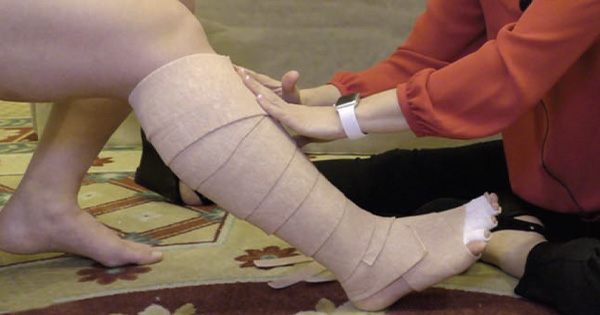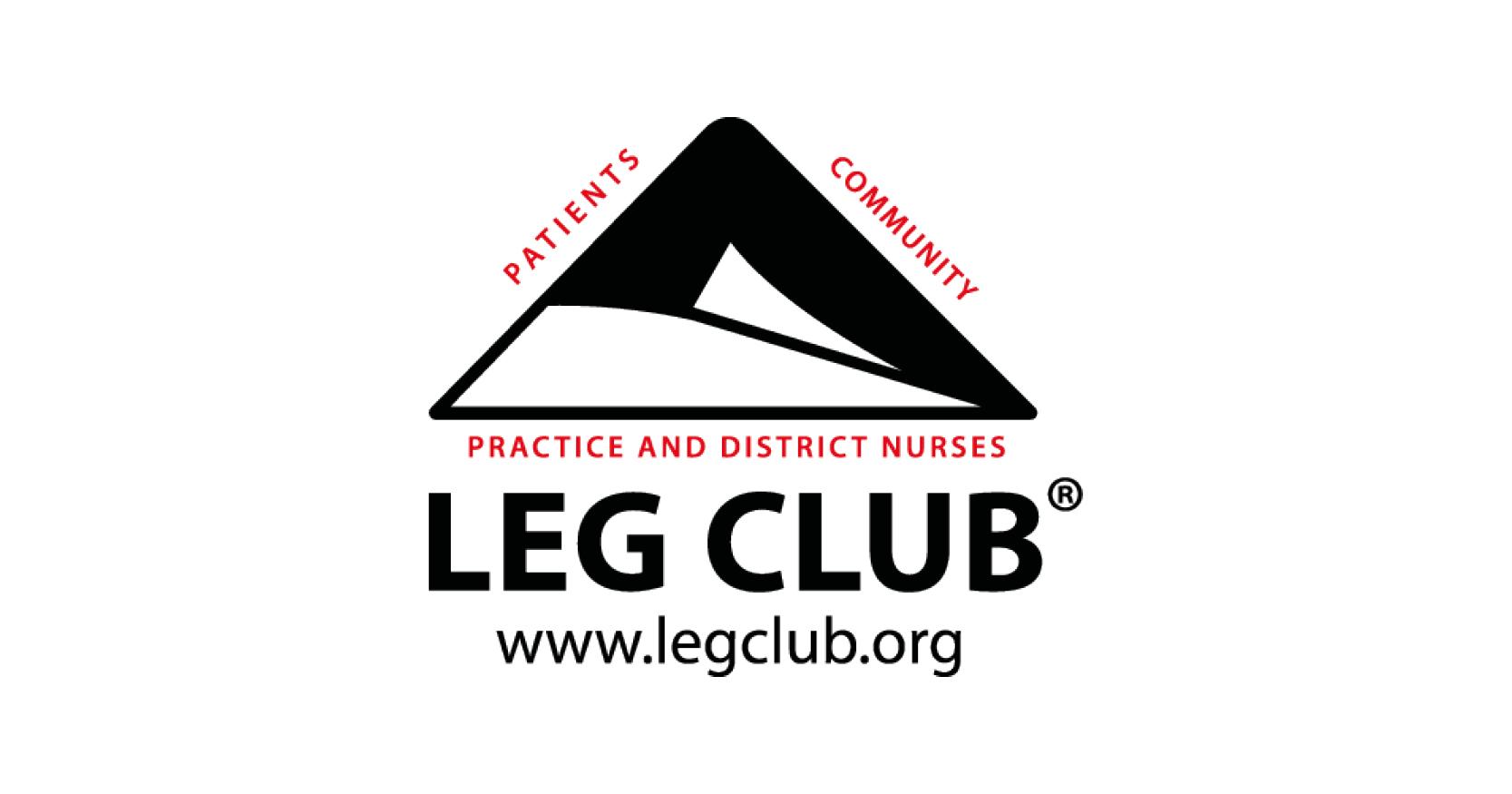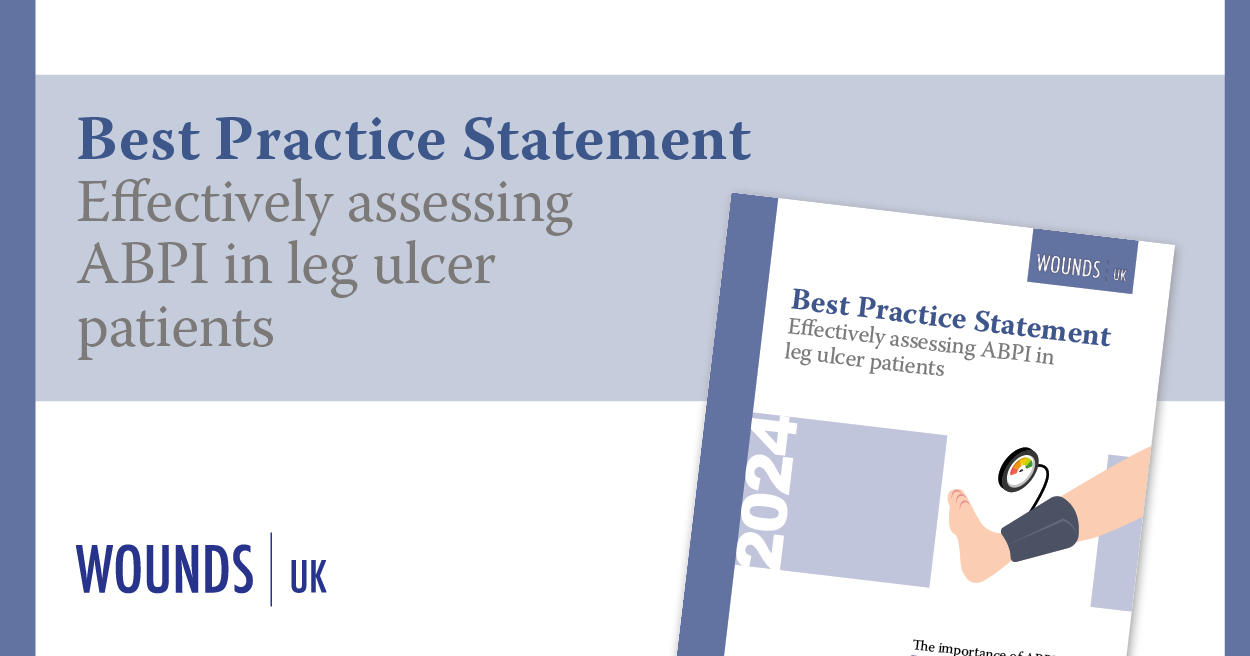Chronic venous disease is known to affect up to 50% of the adult population and it is estimated that 1% of individuals will suffer from venous leg ulceration during their lifetime (Venous Forum of the Royal Society of Medicine et al, 2011). Venous leg ulcers are associated with a prolonged healing trajectory and frequent recurrence, and owing to an ageing population, their prevalence is increasing (Woo and Cowie, 2013). For those affected, venous leg ulcers have a substantial impact on quality of life and on healthcare services because of the cyclical healing and recurrent nature of chronic venous disease (Scottish Intercollegiate Guidelines Network [SIGN], 2010). This article will discuss the benefits of using compression therapy for the management of venous leg ulcers, as well as exploring the impact of poor practice in relation to healing outcomes.






